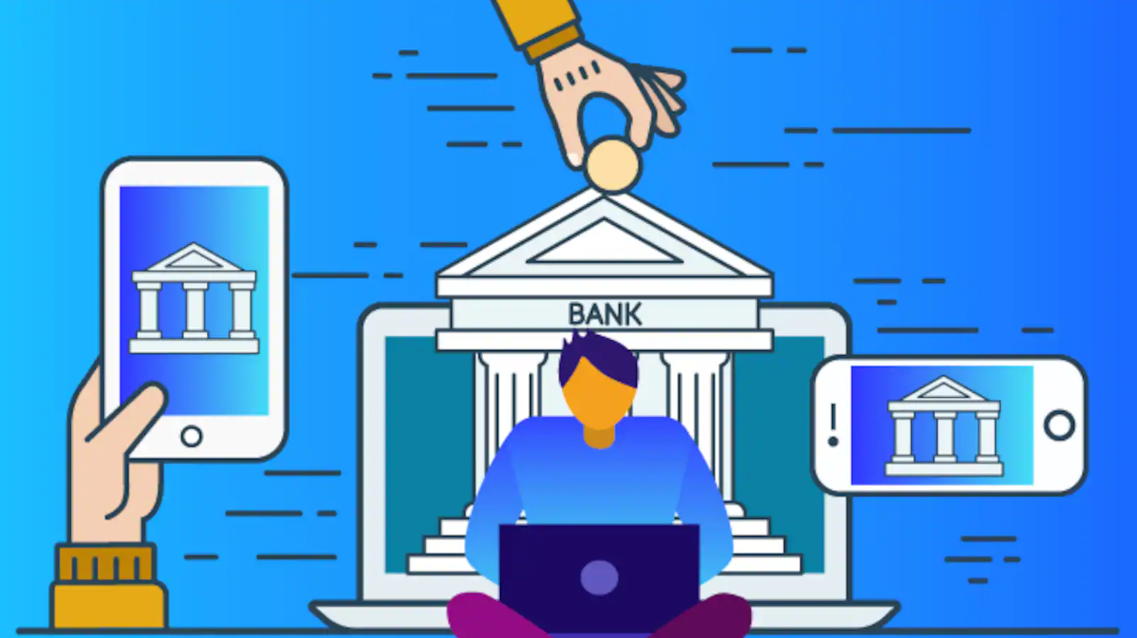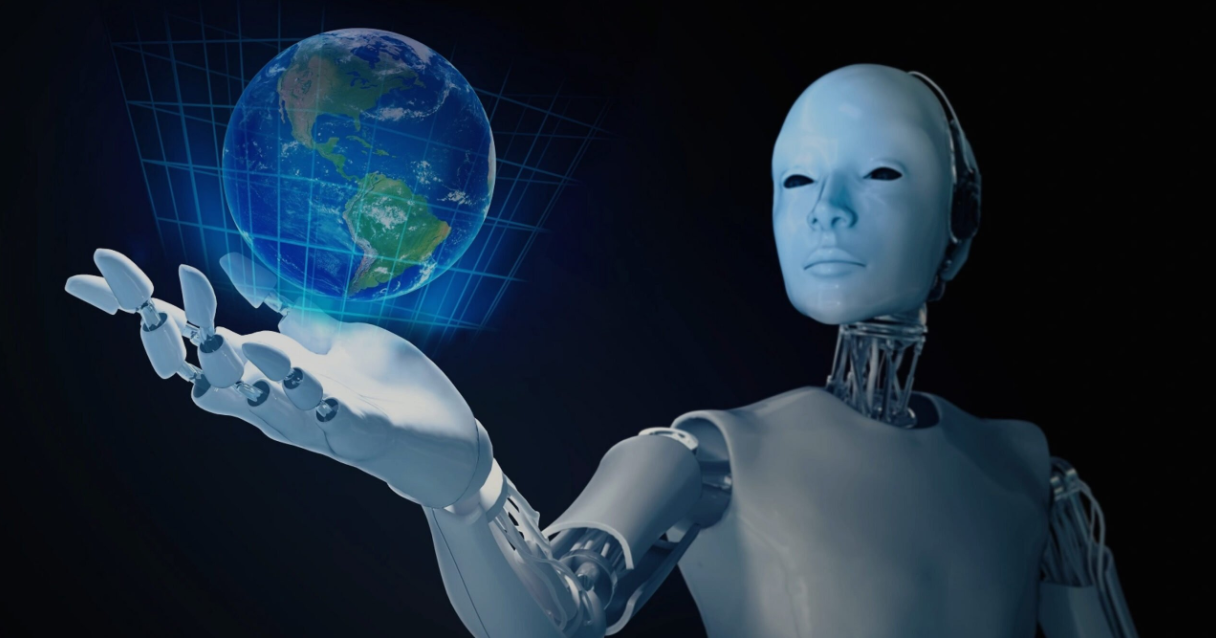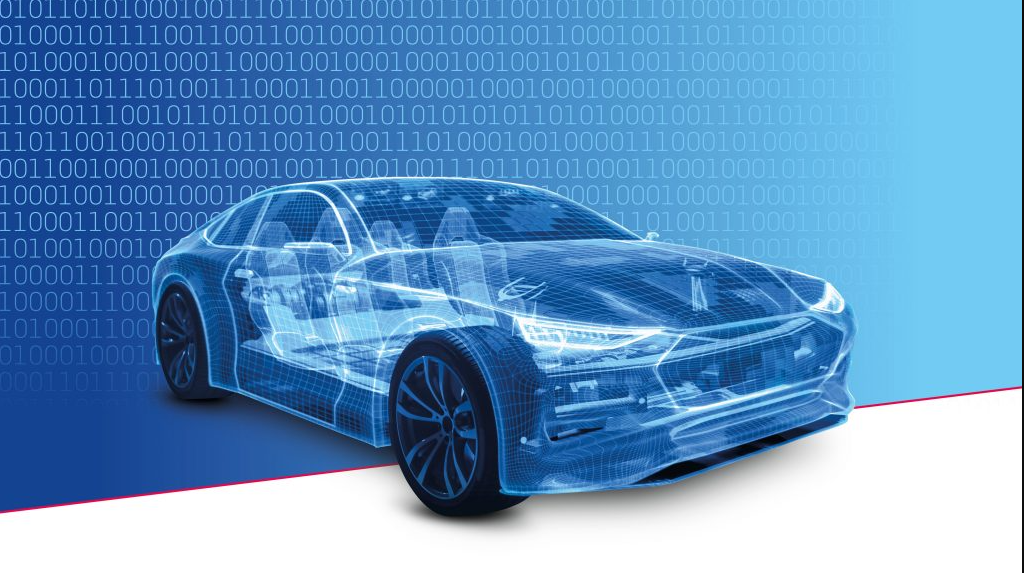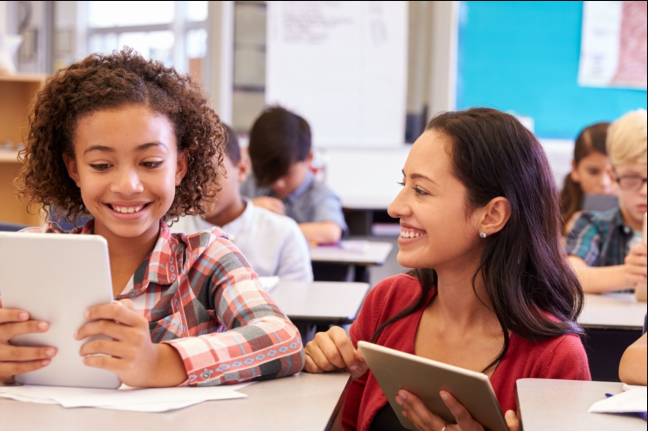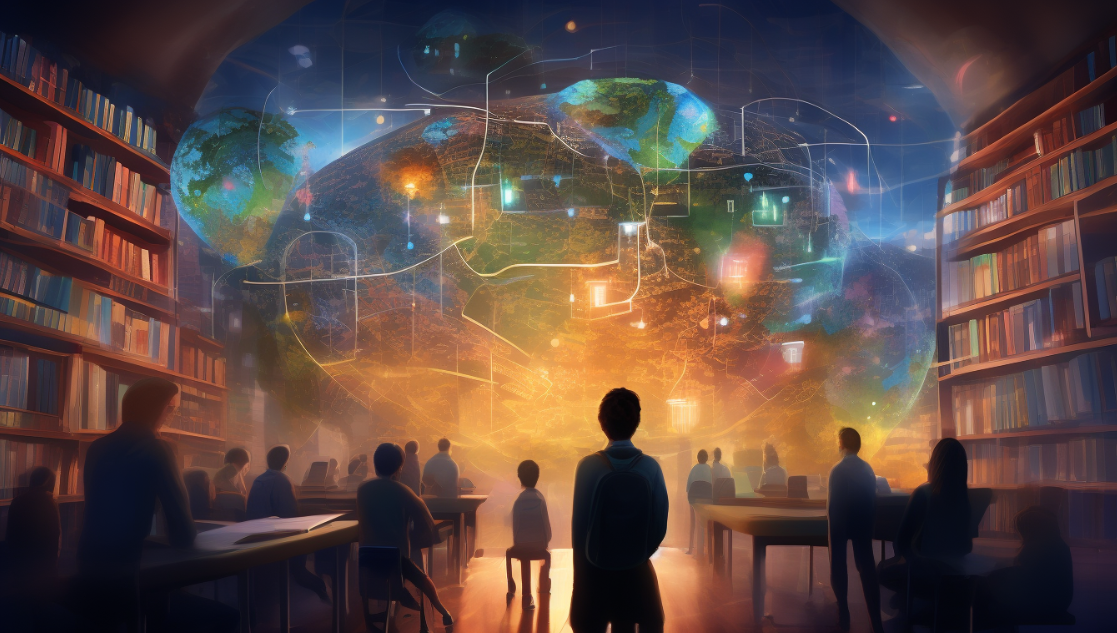Unlocking the Future: Technology Changes Education
Without technology development and education is moving on apace. Technology held sway in the past few years that how we learn, teach and even interact with other people in classroom or lecture hall has fundamentally changed. Now, from digital classrooms to AI-driven studying tools–technological means are everywhere when it comes to learning more difficult subjects at home or better understanding mathematical concepts easily brought home liked never before possible with nothing more than laptop computers made during class presentations online a year ago in real life vice something radioed after that.
Along with changing the way students take in information this transformation is also making it progressively easier for teachers themselves would teach things. When tedious drills and rote learning is replaced by lively spot dictation exercises that not only involve use of listening, reading understanding, thinking but also active vocabulary expansion–as well as providing some simple games for students to do in groups because they have just gone through so much listening alone with no real comprehension at all. The first digital classrooms appeared in the early 2010s.
With platforms such as Google Classroom, Zoom, and Microsoft Teams, teachers could now teach students from anywhere in the world, a fact that became particularly important during COVID-19 when traditional classrooms became unusable. Virtual classrooms enabled students to continue their education without interruption during the pandemic, highlighting the power and potential of technology in education far beyond mere convenience. As well as becoming easier to access, digital classrooms bring a whole raft of learning-enhancing tools. Interactive features, such as real-time quizzes, polls and breakout rooms, inspire lively involvement by students in learning together with their teacher.
Teachers in this way can also provide many kinds of multimedia resources like teaching videos, articles, PowerPoint presentations etc., which cater for different types of learners and thus make the learning material more attractive on the whole. Artificial intelligence (AI) and data analysis may be the most exciting new developments in educational technology. AI-driven platforms analyze students’ performance in real time, instantly identifying strengths and weaknesses, then providing them with those learning scenes. This personalized approach lets students learn at their own speed and concentrate on areas where they need to improve.
For example, Khan Academy and Duolingo use AI algorithms to alter teaching depending on the way students are doing something, so they get help that is unique to them. This customization is not only helpful for those students who are behind, but also for students who need to progress faster. It’s a move away from the traditional educational method of “one size fits all” to an experience that is tailored to individual students, and which meets them where they are.
Enhancing Engagement through Gamification of Learning
Technology has also made learning more engaged with some of the elements of gamification. Gamification uses game design elements, such as points, levels and rewards, to encourage students and convert learning into a game as well. Kahoot! and Quizlet have been popular in classrooms because they turn topics that are not very interesting into fun experiences that everyone can enjoy.
By engaging students in a way that speaks to their natural tendencies to pursue challenges and rewards, gamification builds an atmosphere of accomplishment and competition. This approach does not only raise student participation; it also improves retention of material, because students are more likely then to remember what they learned if it was done interactively, rather than just through rote learning.
Breaking down barriers with E-learning
One of the most significant assets of technology in education is its potential for tearing down traditional barriers to learning. With platforms like Coursera, Udemy and EDX, for example, everyone is able to access top-notch courses at their convenience, so long as they have a connection. A wide range of subjects offered by professors from the world’s leading universities, you no longer need to stick to the constraints of time-honored classrooms just to gain knowledge and skills.
In addition, e-learning also has a great deal of flexibility. It enables students to study at their own pace and tailors their studies to suit their tastes. In particular, it is very important for working people — stretching their minds in so many directions. This technological miracle has made education not only more interesting but simple as well. The digital classroom takes advantage of AI-driven learning and gamification-based courses in various fields.
E-teaching platforms, powered by cloud technology, are just a beginning. Technologies lined up for the future include tutor-less education, interactive 3-D video, and adaptive learning. When all these are in place, it stands to reason that new ideas will emerge about how best both students and educators should operate. The future of education is bright, and while it promises many changes, with technology serving as its base it will be both more inclusive for all learners and better suited to individual needs than ever before.


